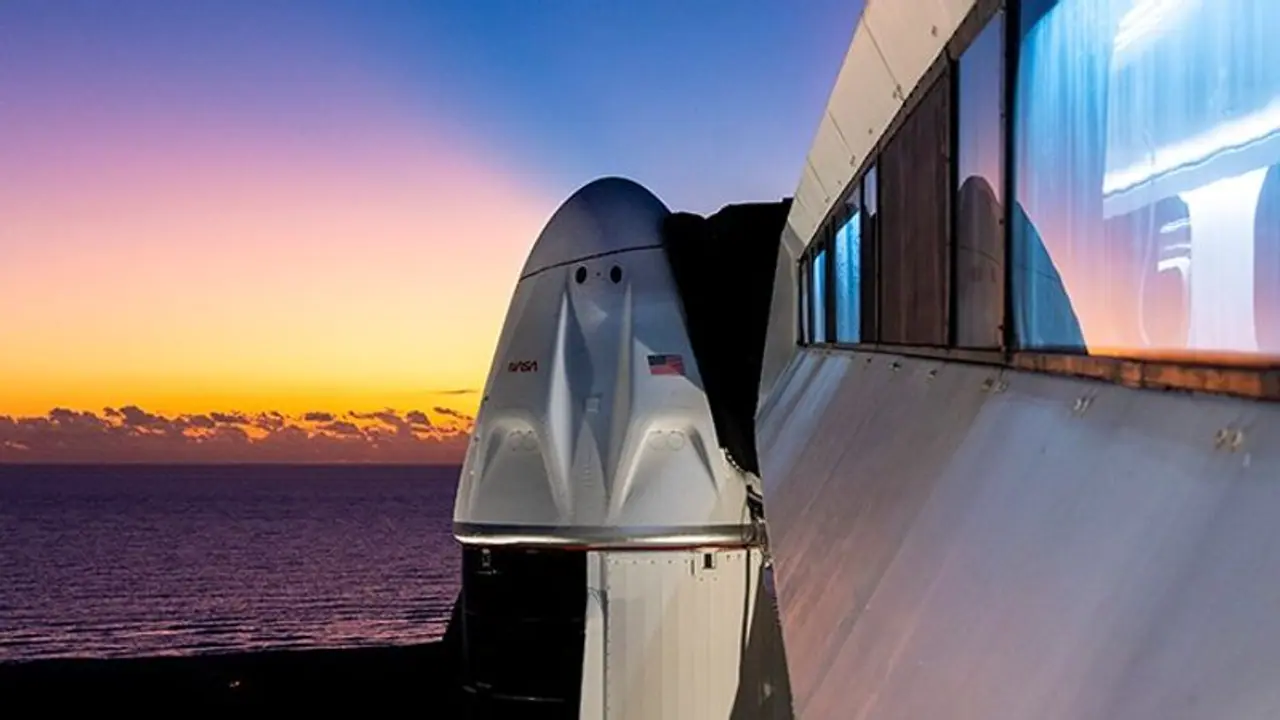SpaceX will launch three astronauts and a Russian cosmonaut to the International Space Station on its Crew Dragon spacecraft on Wednesday. This will be the first time that a Russian will board the SpaceX craft to hitch a ride to space.
SpaceX will launch three astronauts and a Russian cosmonaut to the International Space Station on its Crew Dragon spacecraft on Wednesday. This will be the first time a Russian will board a SpaceX vehicle to travel to space, despite ongoing tensions between the US and Russia over the Ukraine conflict. The Dragon spacecraft, atop a Falcon-9 rocket, will take out from Launch Complex 39A at NASA's Kennedy Space Center in Florida. The launch is set for 9:30 p.m. IST. SpaceX stated its crews are monitoring the weather and winds in the area.

The Crew-5 flight will carry NASA astronauts Nicole Mann and Josh Cassada, who will serve as mission commander and pilot, respectively, along with Japan Aerospace Exploration Agency( JAXA) astronaut Koichi Wakata, and Roscosmos cosmonaut Anna Kikina, who will serve as mission specialists.
Also Read | ISRO's Mangalyaan runs out of fuel after 8 years of long innings
"Previously, the Dragon spacecraft supporting this trip flew Crew-3 to and from the space station. Following stage separation, the Falcon 9's first stage will land in the Atlantic Ocean on the Just Read the Instructions drone ship," according to a statement issued by SpaceX.
SpaceX is launching Russian cosmonaut Anna Kikina, the only female cosmonaut in the Russian corps, along with three astronauts. Kikina's first space mission will be as a mission specialist, monitoring the spacecraft during the dynamic launch and re-entry stages of flight.
Expedition 68 will have her as a flight engineer. Roscosmos purchased her seat in exchange for an American astronaut's seat on a Soyuz vehicle. The agreement was reached under the time of former Roscosmos leader Dmitry Rogozin, who was renowned for his outspoken opposition to the American space programme and support for Russia's conflict in Ukraine.
Also Read | NASA's James Webb, Hubble Telescopes capture DART asteroid collision
According to NASA, after taking out from Launch Pad 39A on a Falcon 9 rocket, Dragon Endurance will reach 17,500 mph, placing it on a collision path with the International Space Station. Crew-5 will participate in approximately 200 scientific experiments during their time in orbit.
